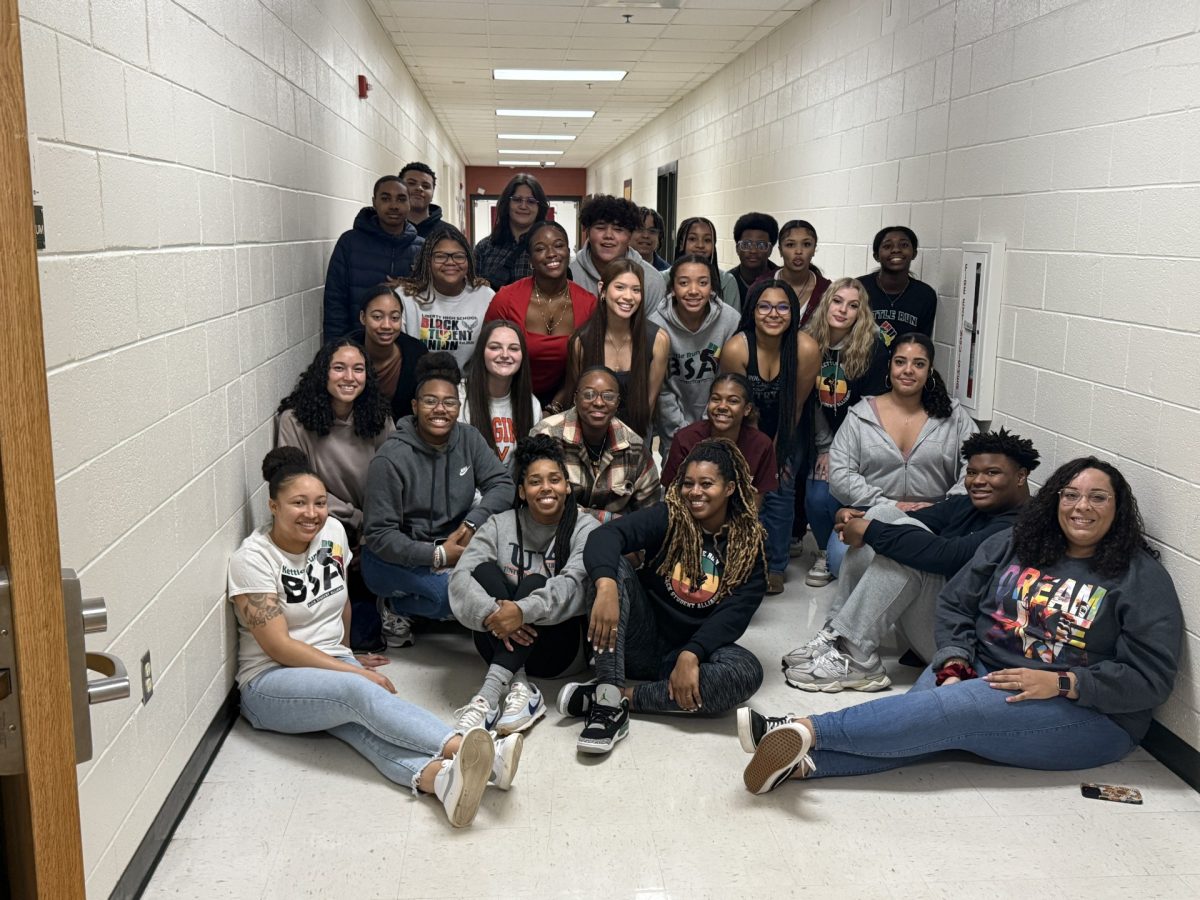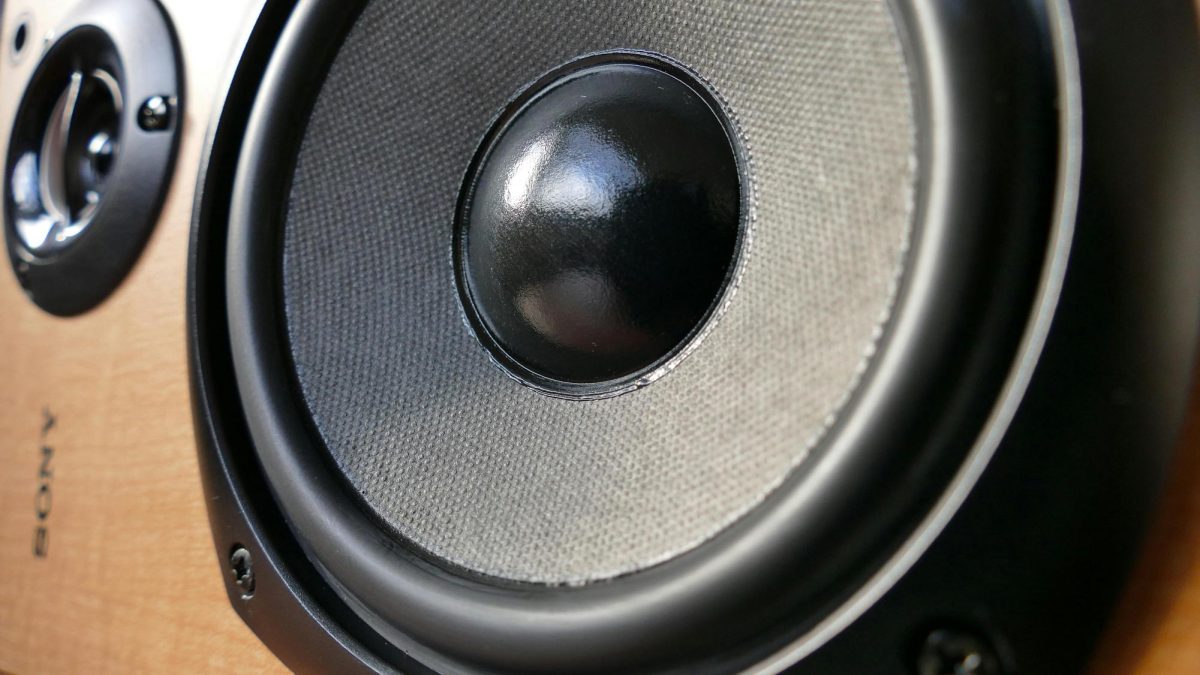Attention-Deficit/Hyperactivity Disorder (ADHD) is more than just a medical condition—it’s a unique lens through which many students view their education. While often associated with distraction or hyperactivity, ADHD can manifest in a variety of refined ways, from difficulty concentrating and focusing to struggles with time management and organization. These challenges profoundly shape a student’s academic experience, often leading to frustration, confusion, and at times, feelings of inadequacy.
As someone who has closely observed ADHD’s effects on students, it’s clear that the condition is often misunderstood, and many of the systems in place don’t fully accommodate the needs of students who learn differently. However, understanding ADHD isn’t about labeling students; it’s about recognizing how their brains work, and more importantly, how educational environments can help or set back their progress.
The Classroom Struggle
For students with ADHD, the typical classroom environment—one that demands focus, stillness, and rapid task-switching—can feel like a battlefield. Traditional classrooms are designed with a specific learning style in mind, one that suits students who can maintain prolonged concentration and follow structures and sequential lessons. For students with ADHD, however, these environments can be overwhelming, even suffocating.
Many educators assume that students with ADHD are simply daydreaming, lazy, or lacking in discipline. But the reality is far more complex. ADHD students might be hyper-aware of every sound, flicker of movement, or visual stimulus in the classroom, making it extremely difficult to focus on the lesson. I’ve personally witnessed students labeled as “unmotivated” or “careless” when in reality, they are expanding a tremendous amount of effort just to stay afloat academically.
A high school student I spoke with recently described their experience: “It’s like I’m always behind. Even when I try to keep up, it feels like I’m playing catch-up with everyone else. People think I’m not trying, but they don’t understand how hard it is just to focus.” This statement is echoed by many students who face the constant internal and external pressure to meet the demands of a traditional academic structure, which is not built with them in mind.
In my observation, The rigidity of the education system—standardized testing, timed assignments, and strict behavioral expectations—can make students with ADHD feel inadequate or inferior. There is often little flexibility to adjust assignments or learning methods to accommodate their unique way of processing information. As a result, many ADHD students experience burnout, emotional distress, and disengagement from school.
The Emotional Toll
While much of the conversation surrounding ADHD focuses on its academic impact, what often goes unnoticed is the significant emotional toll it takes on kids. Constantly being compared to neurotypical peers, receiving frequent reprimands for behavior that is often out of their control, and the sense of being “different” can lead to chronic feelings of anxiety, low self-esteem, and even depression.
Another student within our school shared during an interview, “I feel like I’m always letting people down, no matter how hard I try.” This emotional strain can sometimes be more damaging than the academic challenges themselves. Students with ADHD are often painfully aware of the gap between their efforts and the results they achieve. While their peers may breeze through assignments and tests, students with ADHD often feel like they’re working twice as hard to achieve half as much.
Moreover, ADHD doesn’t just affect academic performance; it shapes social interactions as well. Impulsivity—a mark of ADHD—can lead to misunderstandings with peers. I’ve seen students with ADHD struggle to maintain friendships, not because they lack social skills, but because their impulsive behavior or inability to stay focused during conversations leads to miscommunications or frustration. As a result, many ADHD students may feel isolated or struggle to build meaningful relationships in school.
Hidden Strengths Often Overlooked
Despite the challenges ADHD students face, they also possess remarkable strengths—strengths that are often overlooked in normal academic settings. Creativity, innovative thinking, and problem-solving abilities are frequently found in students with ADHD. Unfortunately, these talents are not always recognized or nurtured, especially in classrooms that prioritize automatic learning, memorization, and test-taking over creative expression and critical thinking.
One example of a student who struggled with traditional subjects like math but excelled in things like art and creative writing. This student had an incredible ability to visualize complicated ideas and connect seemingly unrelated concepts in imaginative ways. However, these talents were rarely acknowledged or incorporated into the curriculum. Instead, the student was constantly pushed to conform to the academic standards set for subjects that didn’t align with their strengths.
This brings to light one of the most frustrating realities of education for students with ADHD: the one-size-fits-all approach to learning. Our current system tends to value certain skills—like memorization, linear thinking, and the ability to focus on tasks for extended periods—while undervaluing skills like creativity, intuition, and the ability to think outside the box. Many students with ADHD excel in non-traditional, project-based learning environments where they can engage in hands-on activities or explore topics in a more dynamic, less structured manner.
ADHD also comes with what is often referred to as hyperfocus—periods where a student becomes intensely absorbed in a particular activity or subject. During these bursts of concentration, ADHD students can be highly productive, achieving remarkable results. However, this hyperfocus can be unpredictable, arriving at times when it’s not needed, like during a hobby or video game session, rather than during a math test or history lecture. The inconsistency of focus makes it difficult for students with ADHD to produce consistent academic results, which can lead to feelings of frustration and helplessness.
Rethinking Education for ADHD Students
One of the biggest challenges ADHD students face is the rigid structure of most educational environments. In an increasingly neurodiverse world, it’s surprising that our school often expects all students to learn the same way, at the same pace, and under the same conditions. Students with ADHD aren’t failing the system; the system is failing them by not adapting to accommodate their needs.
The good news is that there are ways to rethink education in a way that benefits students with ADHD, and by extension, all students. Flexibility in teaching methods is key. For example, offering multiple options for how students can complete assignments—whether that’s breaking tasks into smaller, more manageable parts or providing more creative, project-based learning opportunities—can make a world of difference for ADHD students.
Technology can also significantly help support ADHD students. Tools that help with organization, like scheduling apps or to-do lists, and programs that minimize distractions can help students stay focused and on track. Additionally, incorporating movement into the learning environment—such as allowing students to stand or move around during lessons—can help reduce restlessness and improve focus.
More importantly, we need to foster an environment where differences are not only accepted but celebrated. Students with ADHD should feel comfortable talking about their experiences and advocating for their needs. Too often, ADHD students are made to feel as though their struggles are their fault, which only compounds the emotional and academic difficulties they face. Educators, parents, and peers must work together to create more inclusive learning environments that embrace neurodiversity rather than trying to mold every student to fit the same learning style.
Conclusion
ADHD is a complex condition that significantly impacts a student’s education, but it doesn’t have to be a roadblock to success. Students with ADHD are not defined by their struggles but by their resilience, creativity, and unique ways of thinking. They need not pity or punishment but understanding, support, and a learning environment that values their contributions.
In the future, education must evolve to be more inclusive of all learning styles and abilities. By embracing neurodiversity and creating flexible, supportive learning environments, we can help students with ADHD succeed academically and thrive in ways far beyond the classroom. After all, diversity in thinking is not a weakness; it’s one of our greatest strengths.

























Mike Wines • Oct 29, 2024 at 11:26 am
A very informative and well written article!!!
Obviously the reporter did a great deal of research great job.